Le Corbusier was the byname of Charles- Édouard Jeanneret, of the most influential architects of the 20th century. Le Corbusier was born October 6, 1887 in La Chaux-de-Fonds in Switzerland. From childhood, he showed promise as a designer. At 15, a pocket watch he created won first prize at Turin's International Exhibition of Modern Decorative Art. Three years later, he drew up plans for his first house. He went on to study architecture in several European countries. In Paris in 1908, he worked with Auguste Perret, among the first architects to use reinforced concrete in a home.
In 1919, he launched L’Esprit Nouveau, an architectural magazine where he first used the name Le Corbusier, which came from his mother’s father. In the magazine, he advanced theories that placed him in the folds of the Modern Movement, an architectural school than put practicality ahead of beauty. In 1923, Le Corbusier published Towards A New Architecture where he set out his ideas. Le Corbusier’s ideal house was supported by a reinforced concrete backbone. The structure encouraged design possibilities that would be impossible in traditional buildings. For example, the house was raised on cement pylons to protect it from damp ground. Picture windows ran from one end to the other to let in all possible light. The roof was flat and topped with a garden. Every detail was intended to improve the life of people who lived there.
In 1929, Le Corbusier’s vision became reality in Poissy, France, where the Villa Savoye was built to his specifications. Le Corbusier built homes and offices as well as designing furnishings and interiors. His work became the symbol of the Modern Movement. Le Corbusier was also a pioneer in urban planning, a discipline that studies the organization of densely populated areas. In the early 1930s, he published Radiant City where he described his ideal city. Houses were separated from the workplace and parks were plentiful. In the 1940s, Le Cobusier developed a new scale of proportion called the “Modulor”. The length and dimensions of a Modulor were based on the proportions of the human body. The unit was intended to create structures that were suitable to daily life. Le Corbusier applied his urban planning strategies in cities all over the world, including Marseilles in France and Chandigarh in India. He built a small vacation home called Cabanon in Cap Martin, France. Le Corbusier suffered a heart attack while swimming near Cabanon on August 27, 1965. The man who had revolutionized 20th century architecture died at 77.
In 1919, he launched L’Esprit Nouveau, an architectural magazine where he first used the name Le Corbusier, which came from his mother’s father. In the magazine, he advanced theories that placed him in the folds of the Modern Movement, an architectural school than put practicality ahead of beauty. In 1923, Le Corbusier published Towards A New Architecture where he set out his ideas. Le Corbusier’s ideal house was supported by a reinforced concrete backbone. The structure encouraged design possibilities that would be impossible in traditional buildings. For example, the house was raised on cement pylons to protect it from damp ground. Picture windows ran from one end to the other to let in all possible light. The roof was flat and topped with a garden. Every detail was intended to improve the life of people who lived there.
In 1929, Le Corbusier’s vision became reality in Poissy, France, where the Villa Savoye was built to his specifications. Le Corbusier built homes and offices as well as designing furnishings and interiors. His work became the symbol of the Modern Movement. Le Corbusier was also a pioneer in urban planning, a discipline that studies the organization of densely populated areas. In the early 1930s, he published Radiant City where he described his ideal city. Houses were separated from the workplace and parks were plentiful. In the 1940s, Le Cobusier developed a new scale of proportion called the “Modulor”. The length and dimensions of a Modulor were based on the proportions of the human body. The unit was intended to create structures that were suitable to daily life. Le Corbusier applied his urban planning strategies in cities all over the world, including Marseilles in France and Chandigarh in India. He built a small vacation home called Cabanon in Cap Martin, France. Le Corbusier suffered a heart attack while swimming near Cabanon on August 27, 1965. The man who had revolutionized 20th century architecture died at 77.
RELATED


STEVEN SPIELBERG
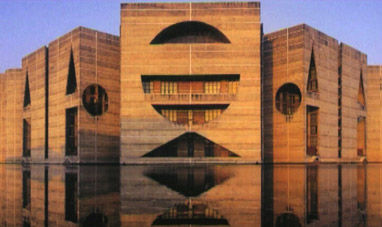

LOUIS KAHN


JACK KEROUAC
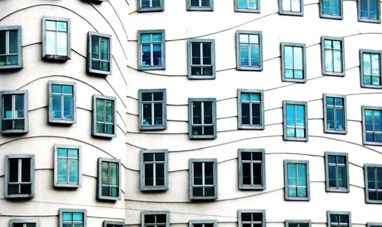

FRANK GEHRY


BRAD PITT


FRANCIS SCOTT FITZGERALD
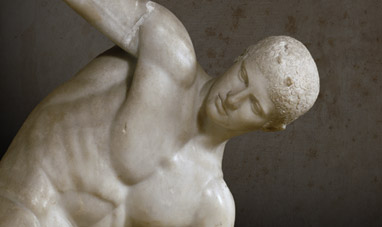

MYRON
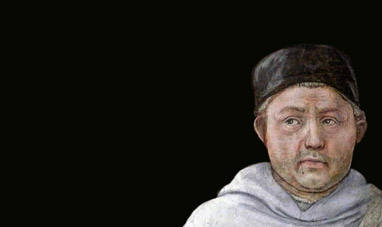

FILIPPO LIPPI
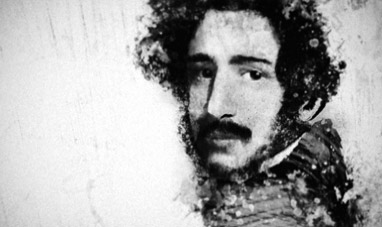

GAETANO DONIZETTI


MARTHA GRAHAM
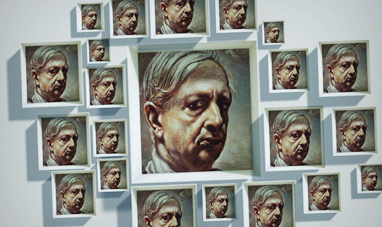

GIORGIO DE CHIRICO
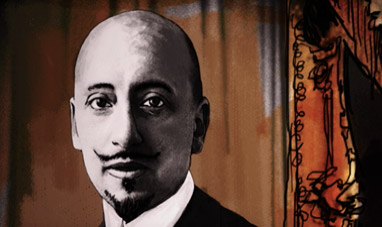

GABRIELE D'ANNUNZIO


GRACE KELLY


KATE MOSS
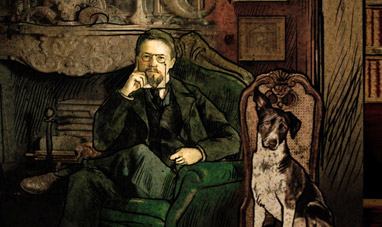

ANTON CHEKHOV


SYDNEY OPERA HOUSE
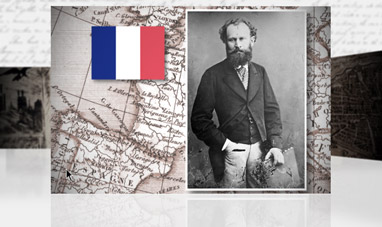

EDOUARD MANET


ERNST LUDWIG KIRCHNER


ANDREI TARKOVSKY


GIAN MARIA VOLONTÉ
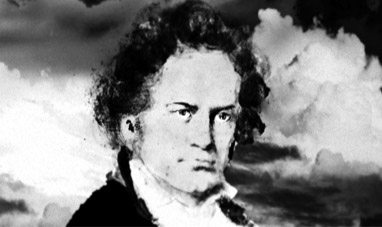

LUDWIG VAN BEETHOVEN


DONATO BRAMANTE
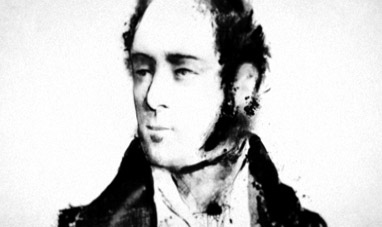

VINCENZO BELLINI


LEONARDO DA VINCI


FRANK LLOYD WRIGHT


MARCELLO MASTROIANNI


CARA DELEVINGNE


GIUSEPPE PENONE
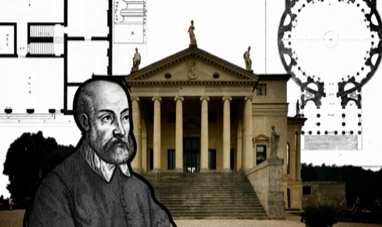

ANDREA PALLADIO
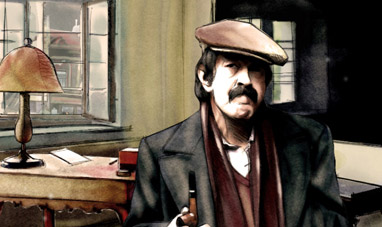

GÜNTER GRASS


MONICA BELLUCCI


PHARRELL WILLIAMS
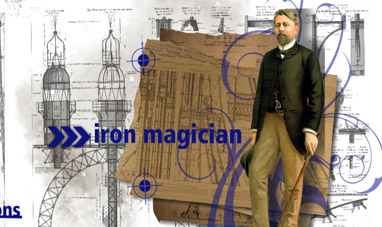

GUSTAVE EIFFEL
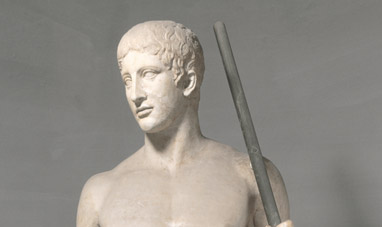

POLYCLEITUS
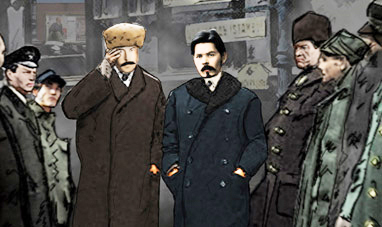

MAXIM GORKY


JEAN AUGUSTE DOMINIQUE INGRES
